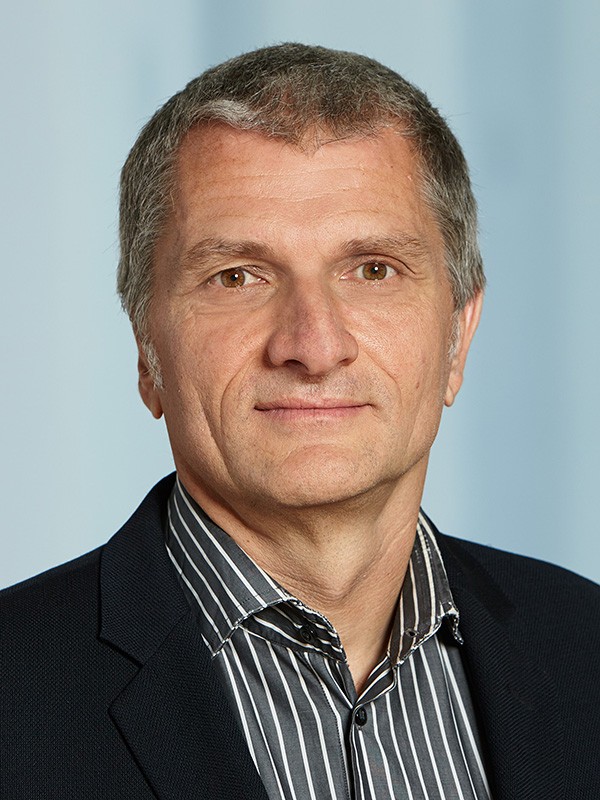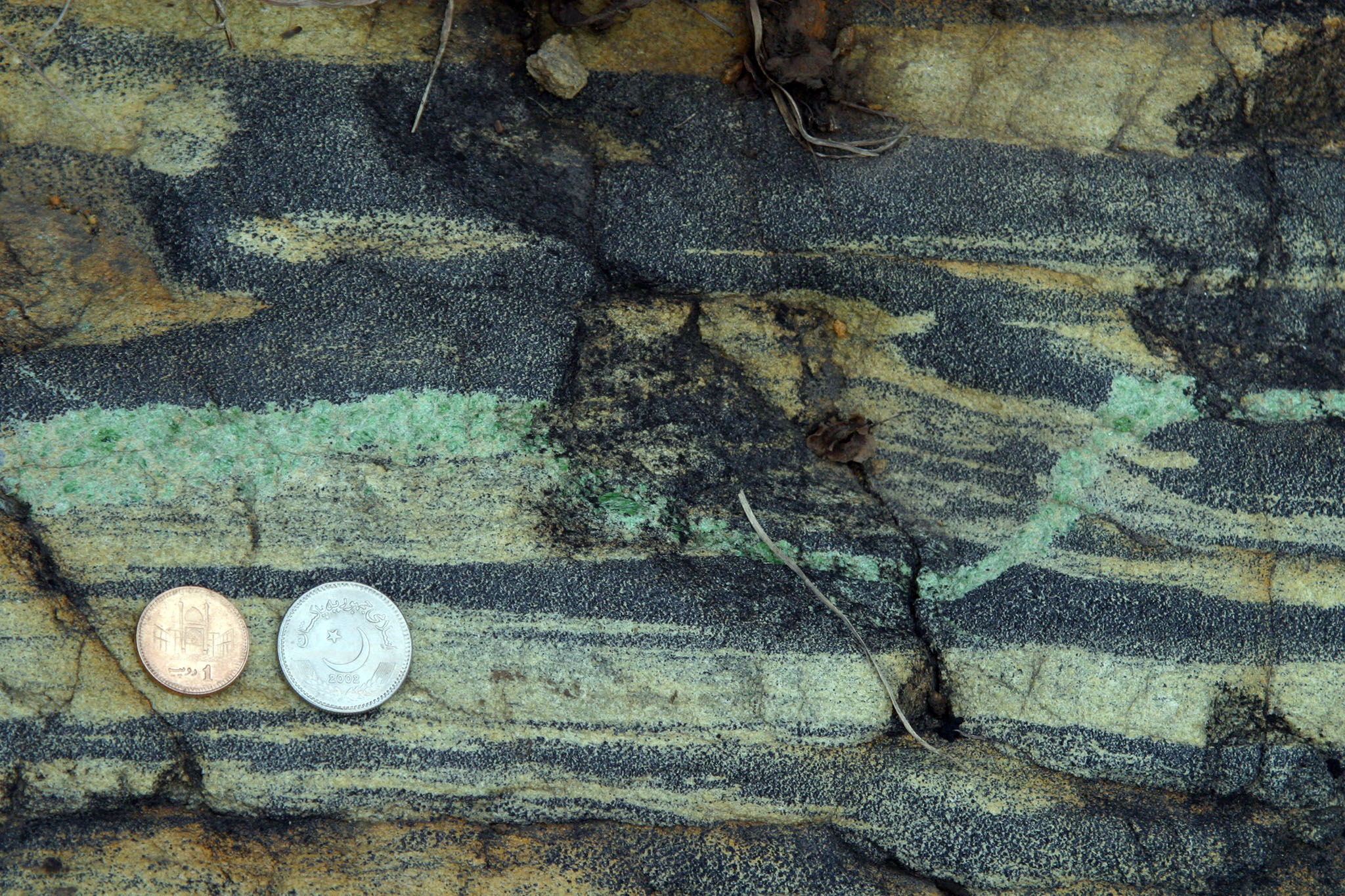High Pressure Geology
High Pressure Geology simulates physical and chemical conditions as present in the interior of the Earth, the moon and other planets in order to understand their formation and evolution.
The research group around Max W. Schmidt uses experiments as well as field-based studies to investigate deep regions ranging from the formation of the metallic Earth core to volcanism at the Earth's surface. The research team developed state-of-the-art high-pressure equipment capable of applying temperatures up to 2500°C and pressures corresponding to 1200 km depth to small samples. Most of this equipment was designed by the scientific team and engineered and built by their own workshops.
A special high-pressure centrifuge has been constructed at ETH and is employed, for example, to determine the segregation velocity of metal and silicate liquids during the accretion of the Earth; the partitioning of elements between liquids and also crystals provides crucial information on depth and temperature conditions during the formation of the Earth's metallic core and silicate mantle. Merely 1.5 per cent of the Earth's mass is directly accessible through rock samples; the remaining 98.5 per cent are beyond direct observation, but they are responsible for the dynamics and surface structure of our planet: the proportions of land and ocean masses respectively are governed by processes operating in the Earth's mantle – leading to the so-called igneous cycles commonly operating at depths of 20 to 200 kilometres and over time periods of hundreds to millions of years.
The Earth's crust residing on top of the Earth's mantle reaches depths of 15 to 40 km; the chemical evolution of magmas and the subsequent growth of the crust, which evolves over billions of years, are principal research targets. Studies on the upper crust (3 to 15 km) encompass the emplacement of magmas, their chemical and thermal interaction with country rocks as well as their evolution over time. This research combines experimental and field-related studies, the latter currently taking place in the Adamello and Bergell areas (N. Italy), Sierra Nevada (USA) or Mongolia.
The mechanical behaviour and elastic properties of magmas that control the occurrence and mode of volcanism are also investigated experimentally.
The research group maintains an extensive pool of analytical instru-ments to characterise the mineralogy and chemical compositions of natural and experimentally produced (rock) samples. This equipment is additionally employed to resolve problems raised by the applied industry or solid-state chemistry.
Contact
Inst. für Geochemie und Petrologie
Clausiusstrasse 25
8092
Zürich
Switzerland

